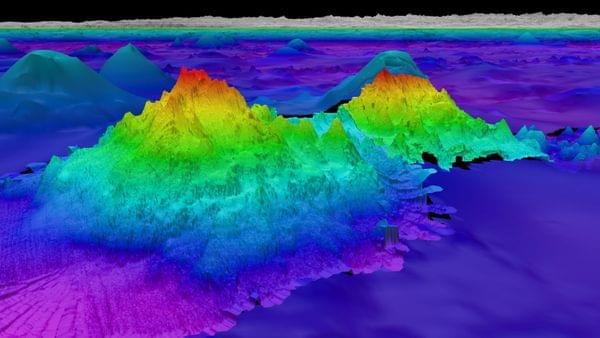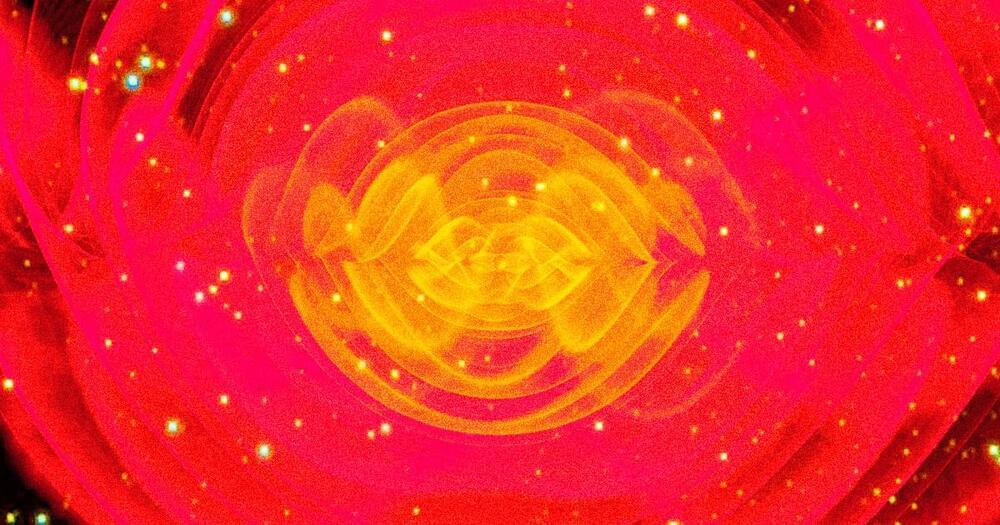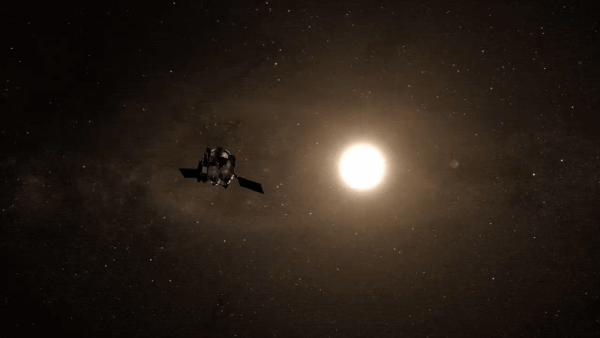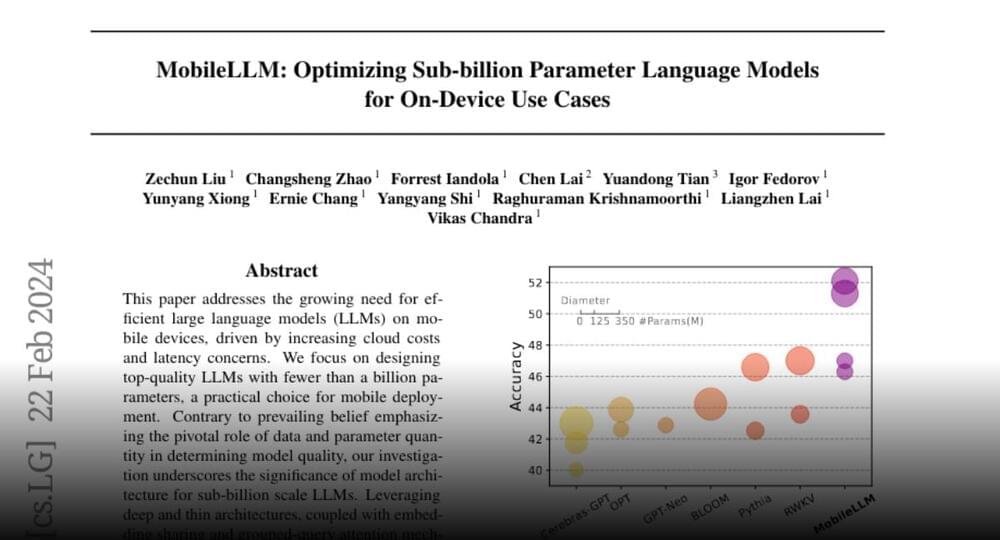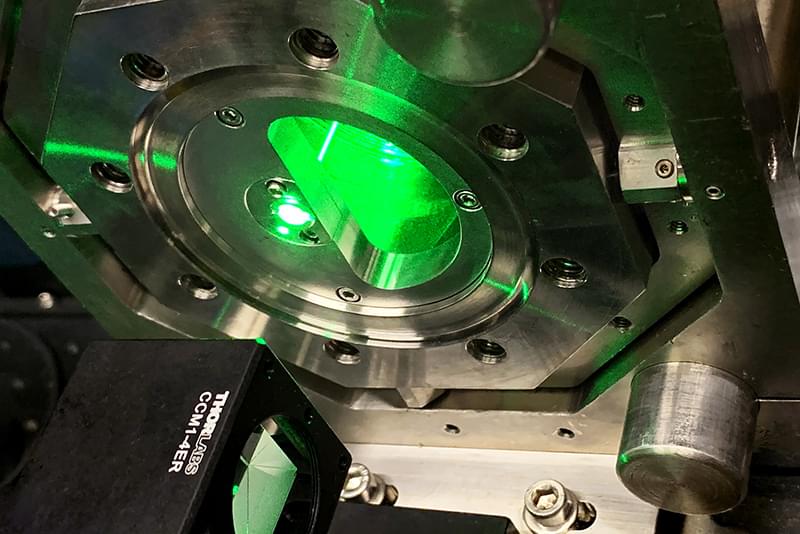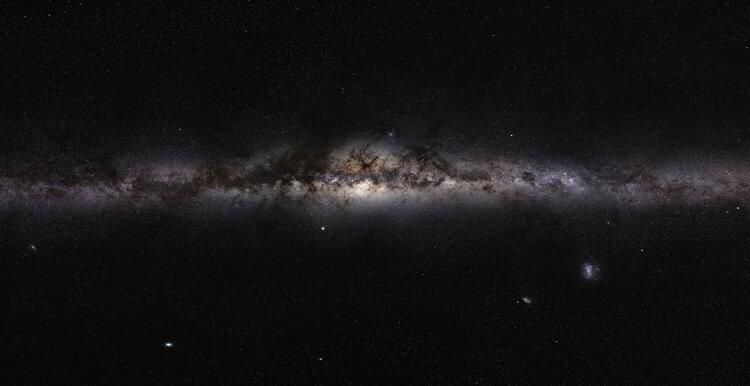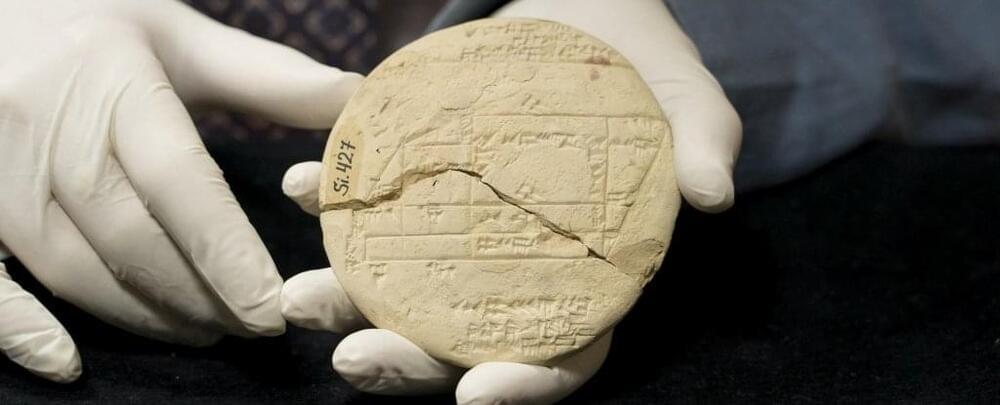Researchers found and mapped four seamounts in the deep sea off the coast of Peru and Chile. The tallest of these new peaks rises around 1.5 miles above the seafloor.
The slide system differs notably from the slide wire basket system used over at Launch Complex 39A at NASA’s Kennedy Space Center. NASA officials said pad 40 will be ready for astronaut launches thi.
As Space.com reports, the uber-powerful James Webb Space Telescope and its predecessor, the Hubble, have observed a super-long gamma-ray burst (GRB) that occurred when two dense neutron stars collided millions of years ago — and the result, as the telescopes’ instruments detected, was quite literally pure gold.
Neutron stars are the rare result of supernovas, or the explosions associated with dying stars, that don’t turn into black holes. Earlier this week, in fact, the JWST was used to detect the neutron star at the heart of a well-known supernova that scientists believed existed but couldn’t see until now.
Because these bodies are, essentially, small and dense balls of mass, it’s not surprising that something huge happens when they collide. With the power of these two magnificent telescopes, scientists from the University of Rome were able to spot the bright shine, known as a kilonova, of the heavy elements like silver and gold created in the dead stars’ turbulent merger.
The probe “performed as predicted” during the first of seven close approaches to the sun on its way to Apophis, NASA said.
Edge computing is revolutionizing the way data is processed and analyzed.
Accelerate your data with edge computing for faster processing speeds & reduced latency. Discover the benefits & applications of this revolutionary technology. Click to learn more!
Meta presents MobileLLM
Optimizing sub-billion parameter language models for on-device use cases.
Join the discussion on this paper page.
OpenAI’s new text-to-video model, Sora, will likely remain in development for some time before a public release.
According to Bloomberg, OpenAI has not yet set an exact release schedule. There are two reasons for this: One is that OpenAI does not want to take any safety risks, given the number of elections this year. The second reason is that the model is not yet technically ready for release.
When OpenAI unveiled Sora, the company pointed out shortcomings in the model’s physical understanding and consistency. Bloomberg’s tests with two OpenAI-generated prompts confirmed these issues. For example, in the video below, the parrot turns into a monkey at the end.
Scientists are getting a more detailed look than ever before at the electrons they use in precision experiments.
Nuclear physicists with the U.S. Department of Energy’s Thomas Jefferson National Accelerator Facility have shattered a nearly 30-year-old record for the measurement of parallel spin within an electron beam – or electron beam polarimetry, for short. The achievement sets the stage for high-profile experiments at Jefferson Lab that could open the door to new physics discoveries.
In a peer-reviewed paper published in the journal Physical Review C (“Ultrahigh-precision Compton polarimetry at 2 GeV”), a collaboration of Jefferson Lab researchers and scientific users reported a measurement more precise than a benchmark achieved during the 1994–95 run of the SLAC Large Detector (SLD) experiment at the SLAC National Accelerator Laboratory in Menlo Park, California.
What is the shape of our universe? A question that has captivated us for a very long time. A recently published paper arrived at a conclusion that may shake up the field of cosmology tremendously.
Cira 2021: An ancient fragment of clay tablet dating back to 3,700 years ago, during the Old Babylonian period, contains what is now the oldest known example of applied geometry, a mathematician has discovered. That’s more than a millennium prior to the birth of Pythagoras.
And this history-altering artifact, known as Si.427, had just been sitting in a museum in Istanbul for more than 100 years.
“Si.427 dates from the Old Babylonian (OB) period — 1900 to 1,600 BCE,” said mathematician Daniel Mansfield of the University of New South Wales (UNSW) in Australia.
